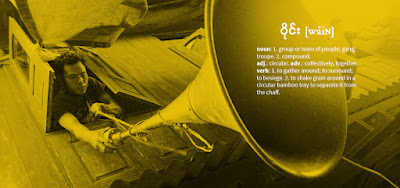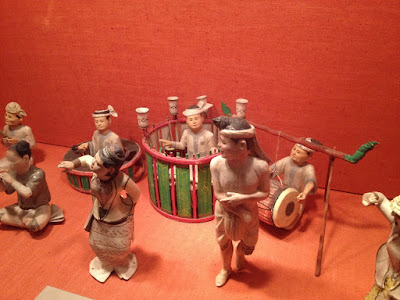22) Collaboration With "Plattform Für Neue Transkulturelle Musik" In Autumn 2017

It was a great pleasure to work together in a little tour with Matthias Mainz who is responsible for the contents of the "Plattform Für Neue Transkulturelle Musik" and researches in many different directions. Matthias Mainz organized three "discussion concerts" for us. We were two groups. The corporate idea of these evenings was to combine the very European instrument piano with a duo partner from another cultural background. Our main interest was to show, how intercultural communication can be started. And how you can manage to communicate, exchange and finally enrich the growing music on eye height. What special challenges you encounter between the traditions. And what you learn as soon as you start to listen to the other partner. https://www.facebook.com/pg/Plattform-für-Transkulturelle-Neue-Musik-1695933867387017/about/?ref=page_internal "The Platform for Transcultural New Music is a coalition of musicians and composers from Germany with Persian, A...





